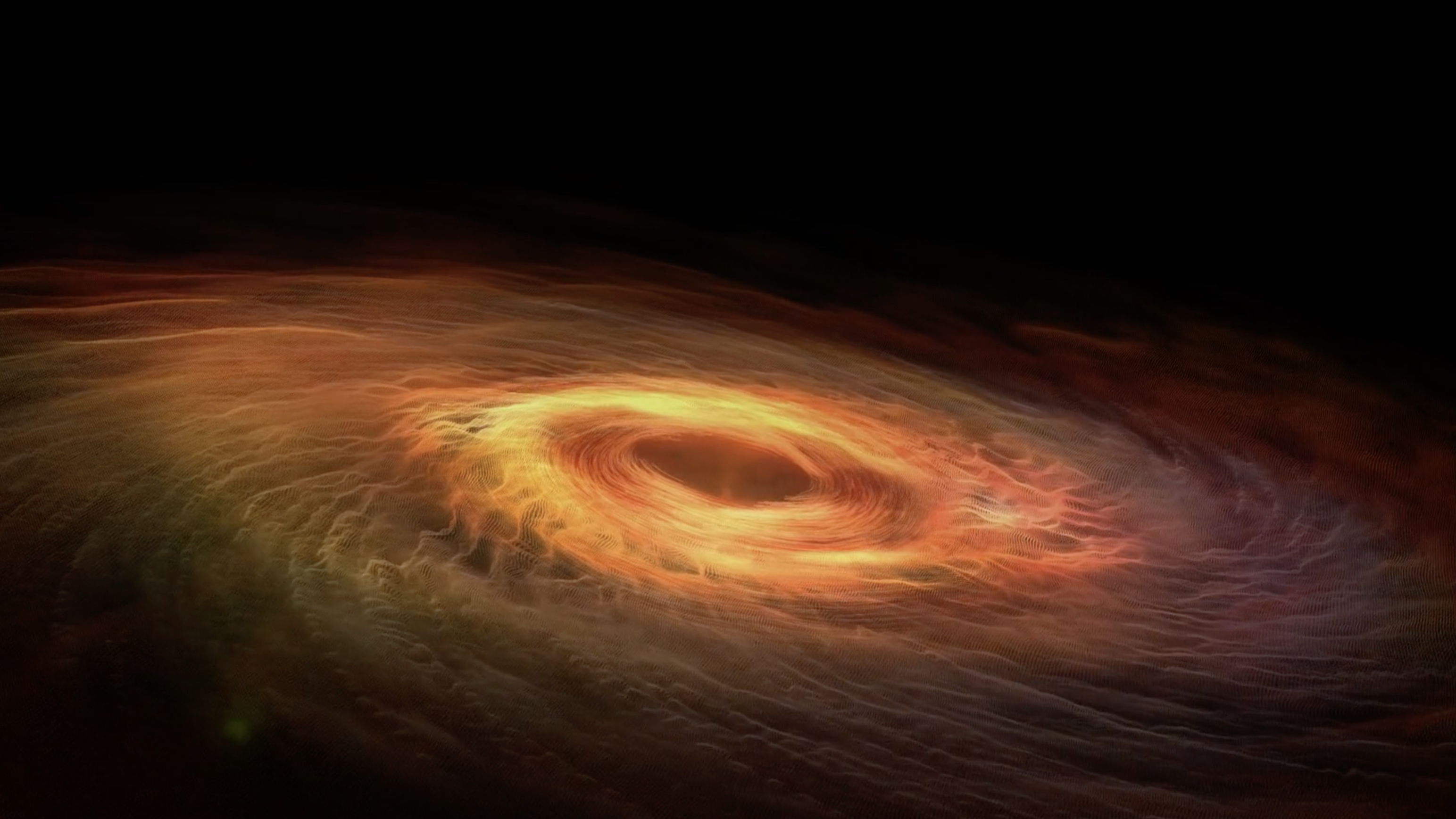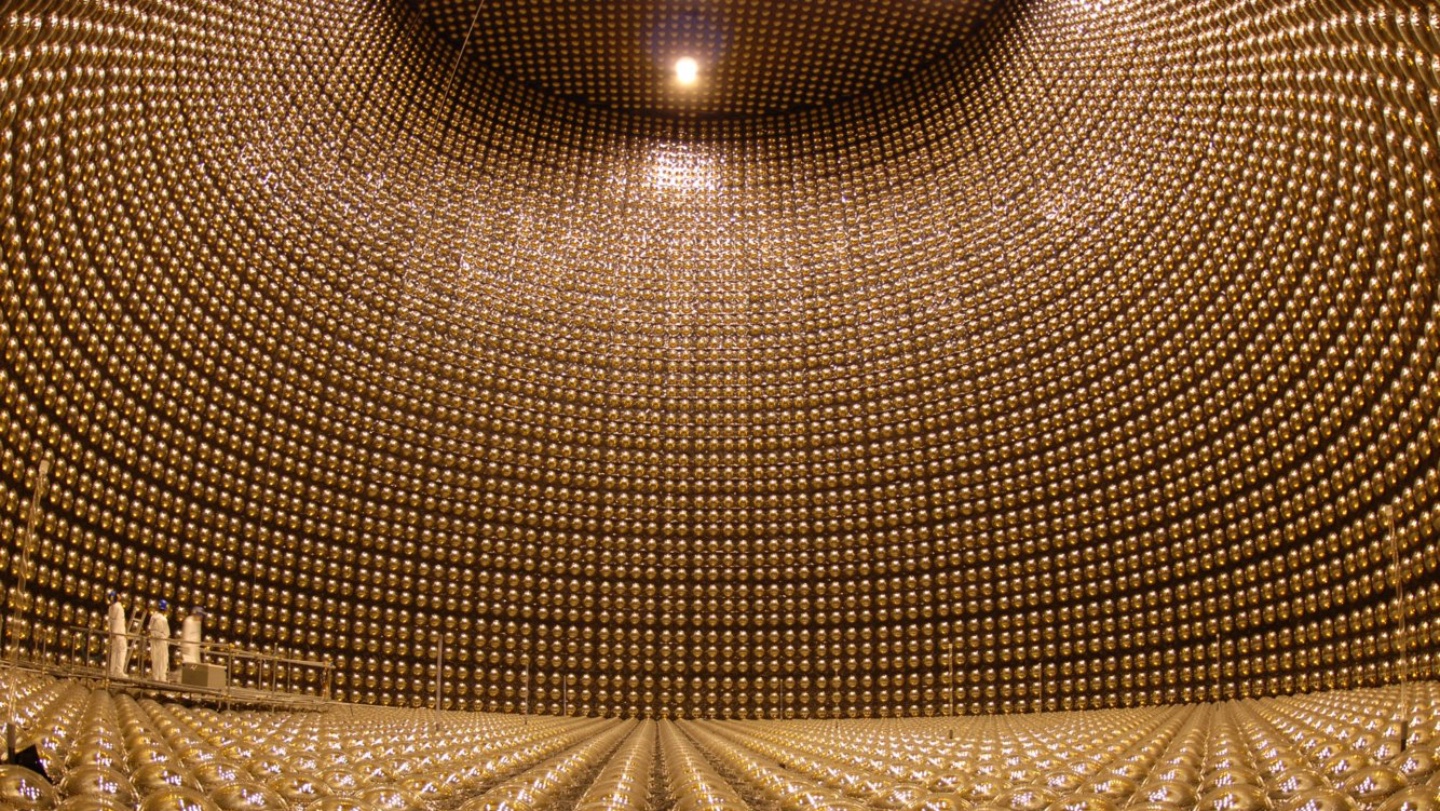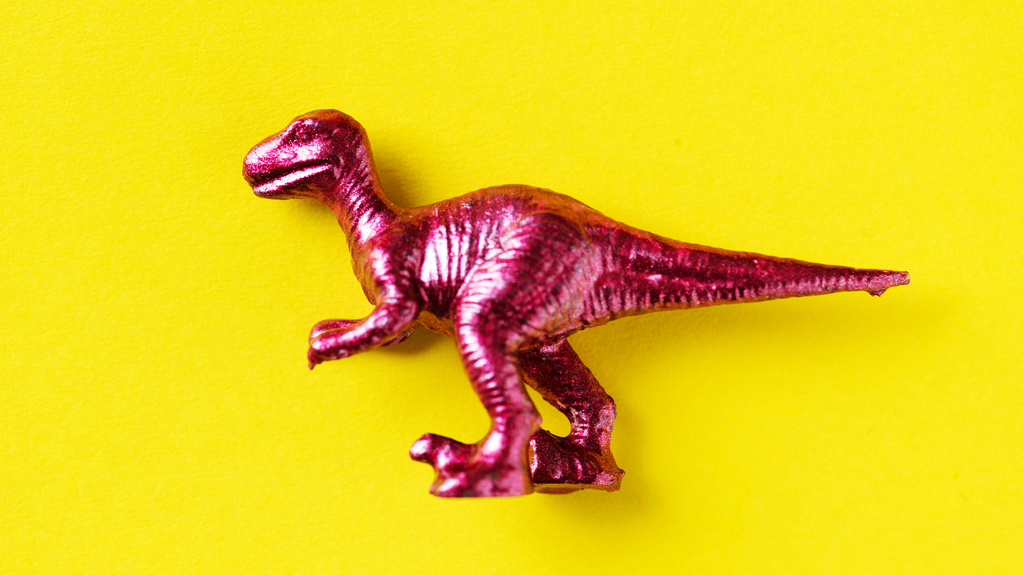Surprising Science
All Stories
It’s still only in the lab at this stage, and then there’s the problem of where, exactly, to store the carbon-impregnated magnesite.
New research spots a remarkable meeting of Jupiter’s jet streams and its magnetic field and proposes that it may contain the explanation for the planets’ striking cloud patterns.
A much-needed “causal revolution” has arrived in Judea Pearl’s ‘The Book of Why’. But despite vast improvements over “trad stats”, there’s cause for concern over logic-losing numbers.
A new paper strengthens the theory that black holes are like balls of space yarn and debunks the idea of “firewalls”.
Why is only 10% of the population left-handed? There are a few new scientific clues pointing to the answer.
We know not getting enough sleep is bad for us, this study gives us yet another reason to get a few more hours in.
The speed of death isn’t as instantaneous as you may think.
You’ve probably seen it hanging around. But how did it get there? And can we live there?
This is an extremely rare find; only three similar fossils have been found in the world.
The Swift-Tuttle comet is the source of the lovely Perseid meteor shower each August. It’s also getting closer and closer, making it “the single most dangerous object known to humanity.”
The Parker Solar Probe is the first time a spacecraft will ever get this close to the sun.
Plant cognitive ecologist Monica Gagliano talks about the challenges facing serious scientific research into plant intelligence.
The vast emptiness of space isn’t really so empty: It’s filled with space goop made of greasy carbon molecules.
How worried should we be about bacteria with an alcohol tolerance? Be afraid, be very afraid.
“Hothouse Earth” is basically a self-sustaining engine of warming and carbon. Ummm…
The Perseid meteor shower during this weekend’s new moon should be fabulous.
New research in PTSD might make an MDMA script reality by 2021.
The stunning Super-Kamiokande is hidden beneath a mountain in Japan to detect neutrinos shot from supernovas.
A new report from the American Meteorological Society shows that Earth’s atmosphere had the highest levels of carbon dioxide in the atmosphere in 2017 than it’s had in the past 800,000 years.
A new study shows that psychopaths have a hard time telling when someone’s genuinely distressed, and that they don’t seem to care much either way.
Scientists claim that huge rogue waves account for the disappearance of ships in the Bermuda Triangle.
Lab-grown lungs have been successfully placed in pigs for the first time. How long until we get to humans?
It’s all about having mature ideas about how romantic relationships work.
No, it won’t be as big as the moon, as some have claimed. Still, it will be a nice show for the next month or so.
Hear Carl Sagan as you’ve never heard him before.
Scientists have identified a new shape called the scutoid, and it helps explain the how cells in the body arrange themselves in tightly packed three-dimensional structures to form tissues.
Richard Feynman wrote a lot of things. Here, you can read his most touching letter.
A new study reveals the most popular conspiracy theories believed by Russians.
Is Nessie real or just a tourism ploy? There might be more to this (in)famous monster than you think…
Truth is, dinosaurs aren’t as distinct as you may think, but to find out why, we first have to consider how we got the term “dinosaur.”





























